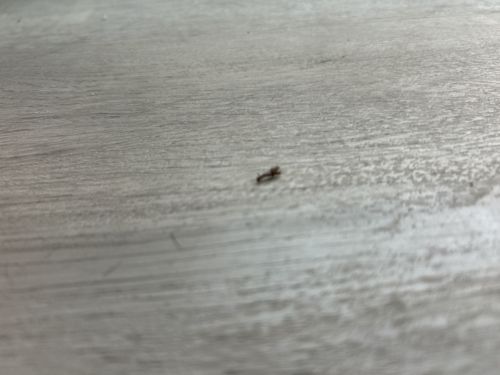Thrips
Scientific Name: There are many genera and species, e.g., Frankliniella occidentalis (Western flower thrips)
Order & Family: Order: Thysanoptera, Family: Varies (e.g., Thripidae, Phlaeothripidae)
Size: Typically very small, ranging from 0.5 to 2 mm in length.

Natural Habitat
Widely distributed globally, found in various habitats including agricultural fields, greenhouses, gardens, and natural vegetation. They are often found on or within plants.
Diet & Feeding
Mostly plant sap, pollen, and spores. Some species are predators of other small insects and mites.
Behavior Patterns
Thrips are known for causing damage to plants by feeding on plant cells. They often hide in tight spaces, such as flower buds or leaf folds. They have a short life cycle, and populations can increase rapidly under favorable conditions. Many species can fly, aiding in their dispersal. Some thrips species are predatory, feeding on other small arthropods.
Risks & Benefits
Risks: Many species are significant agricultural and horticultural pests, causing damage to crops and ornamental plants by feeding and transmitting plant viruses. Benefits: Some predatory thrips species can be beneficial in biological pest control by predating on other harmful insects and mites.
Identified on: 8/30/2025